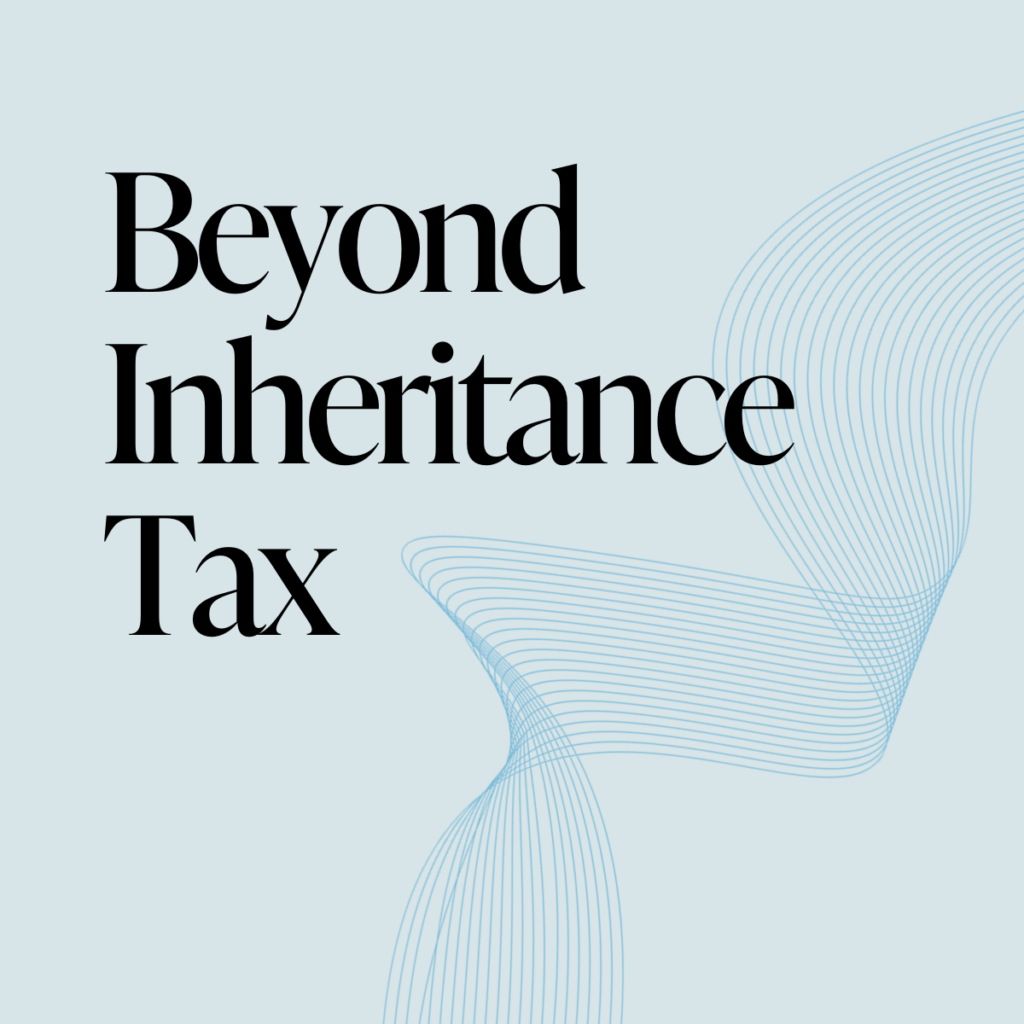What is a debt-to-equity ratio?
Find our more about debt-to-equity ratios, how it relates to liabilities and assets, and why it matters to your business.
A debt-to-equity ratio (or D/E ratio) is one metric for measuring how indebted a business is. It’s a simple yet effective formula for determining the financial health of your business, and the level of financial risk you’re carrying. Using debt-to-equity ratios, businesses can compare themselves against industry standards and their competitors.
In this deep dive into the topic, we answer some of the most frequently asked questions around the debt-to-equity ratio and why it matters to businesses.
How to calculate your debt-to-equity ratio
Put simply, the debt-to-equity ratio is the extent to which a business is financed by debt. A type of gearing ratio, it is used to assess your financial leverage.
The debt-to-equity ratio formula
The debt-to-equity ratio formula divides your company’s total liabilities (total debts) by what your company’s balance sheet is worth (total assets).
Total debts typically includes both short and long-term liabilities, like business loans, while a company’s assets is usually expressed as total shareholder equity. Having said that, not everyone will include the same inputs within total equity and debt. For instance, some people exclude certain debt obligations that aren’t accruing interest, such as accounts payable, when calculating current liabilities.
How do businesses use debt-to-equity ratios?
For business owners hoping to achieve sustained growth and success, it’s important to monitor the financial health of your company. One part of this is to examine and understand your debt level, and thus the level of financial risk in the business. But how can a business tell if its debt level is appropriate? That’s where the debt-to-equity ratio comes in.
Is a higher debt-to-equity ratio better or worse?
Heavily indebted businesses (i.e. those with a high debt-to-equity ratio) are usually considered financially unhealthy. Due to the amount it costs to service their debt, these companies may find they cannot afford to invest in expansion. In extreme cases, the cost of debt leads to them becoming insolvent.
On the other hand, a low debt-to-equity ratio suggests a business has borrowed less than it could. Many financially healthy businesses use borrowing as part of their funding mix, given the cost of debt is typically lower. Having less amount of debt than one’s peers might put a business at a commercial disadvantage, albeit with a lower-risk balance sheet.
Financial ratios are also influenced by a range of factors, such as a company’s cash flow dynamics, its stage of growth, tangible assets, and terms of existing debt. This makes it difficult to generalise across businesses and industries, so there’s no one definition of a ‘good’ debt-to-equity ratio.
How do investors use debt-to-equity ratios?
Debt-to-equity ratios can be an important metric for businesses looking to raise funding. Equity investors and lenders may look at these ratios alongside a company’s financial statements, to decide if the investment is high-risk.
Most investors prefer to see a debt-to-equity ratio that’s not too high, but also not excessively low. They will gauge the appropriate range based on comparisons with similar businesses.
For example, high D/E ratios are reasonably common within the financial services sector, whereas capital-intensive businesses that produce goods and services tend to have lower ratios.
Meanwhile, for a small business with growth ambitions, a relatively high debt-to-equity ratio can be a positive sign that the business is investing heavily in expansion. The hope is that this will eventually convert to cash, to provide a good return on investment (ROI), in turn bringing down the D/E ratio.
Conversely, for a more mature company, a relatively low debt-to-equity ratio is a good sign, demonstrating the financial strength and stability that has been achieved.
Equity financing vs debt financing
Borrowing is not the only way to fund expansion. Equity financing can be used to decrease the level of financial risk in your balance sheet, and is typically more flexible than debt. There are a number of ways to access equity funding for your business, from angel investors and crowdfunding platforms to private equity and venture capital firms, or a growth capital investor like BGF.
BGF is a sector-agnostic, minority investor that operates across the UK and Ireland. We can help balance your debt-to-equity ratio, and provide the funding and support you need to realise your ambitious growth plans. Contact our team today to discuss funding options and how to set your business up for long-term success.
FAQs
These are some of the most frequently asked questions on debt-to-equity ratios:
What is a debt-to-equity ratio?
A debt-to-equity ratio calculates your company’s financial leverage at any given point in time.
How do you calculate your debt-to-equity ratio?
To calculate your debt-to-equity ratio, divide your company’s total liabilities by its total assets.
What does a debt-to-equity ratio of 0.5 mean?
If your company’s total debt is £50 million and combined equity is £100 million, then your current ratio would be 0.5 (£50m debt / £100m equity = 0.5 D/E ratio). In percentage terms, your company’s debt-to-equity ratio would be 50%.
Why does your company’s debt-to-equity ratio matter?
Understanding your debt-to-equity ratio, and where it should be in relation to your industry, equips you to make the right decisions for the financial health of your business.
What is a good debt-to-equity ratio?
There is no one ideal debt-to-equity ratio. What counts as a ‘good’ or ‘healthy’ ratio varies considerably between industries and stages of growth.
What are the limitations of debt-to-equity ratios?
It’s difficult to compare debt-to-equity ratios across businesses, particularly those operating in different sectors or industries. A debt-to-equity ratio for a growing business in the financial services space will typically be much higher than that for an established firm in a capital-intensive industry – even if both are deemed to be financially healthy.
The information contained in this article is for general information and use. It does not constitute any form of advice and is not intended to be relied upon in making any investment decision. Independent advice should always be sought as to whether a particular transaction is suitable having regard to your personal and financial circumstances.





